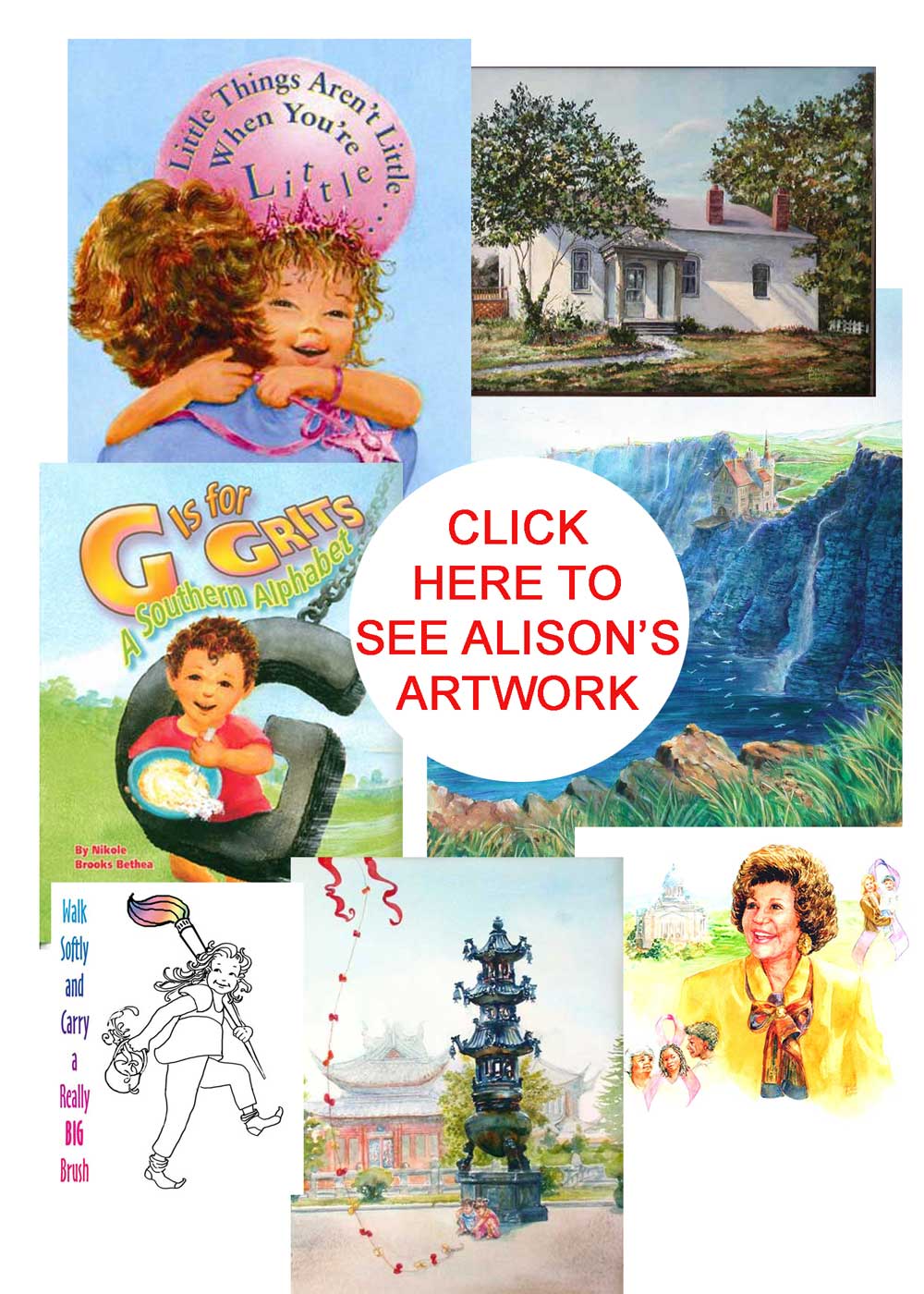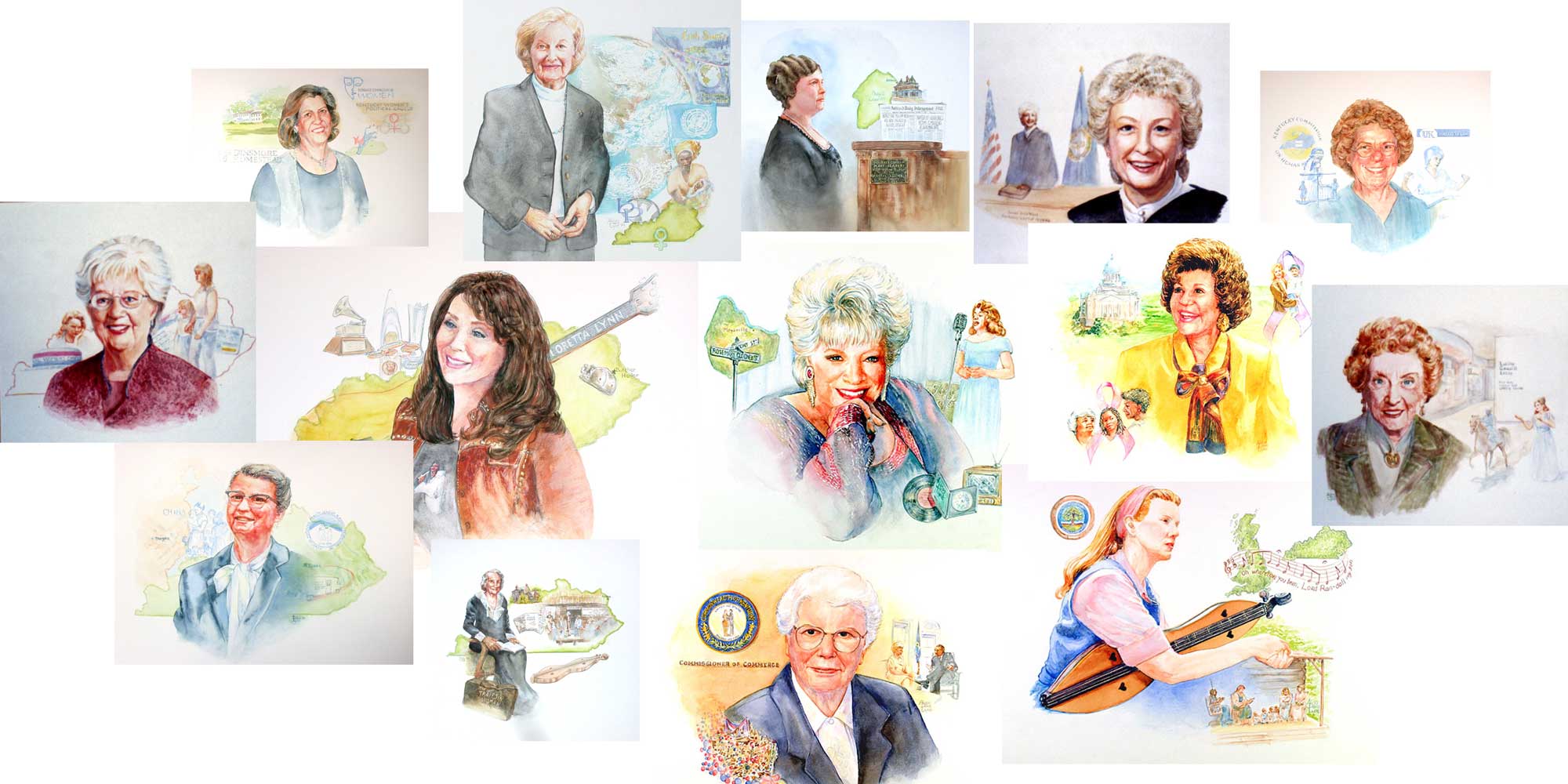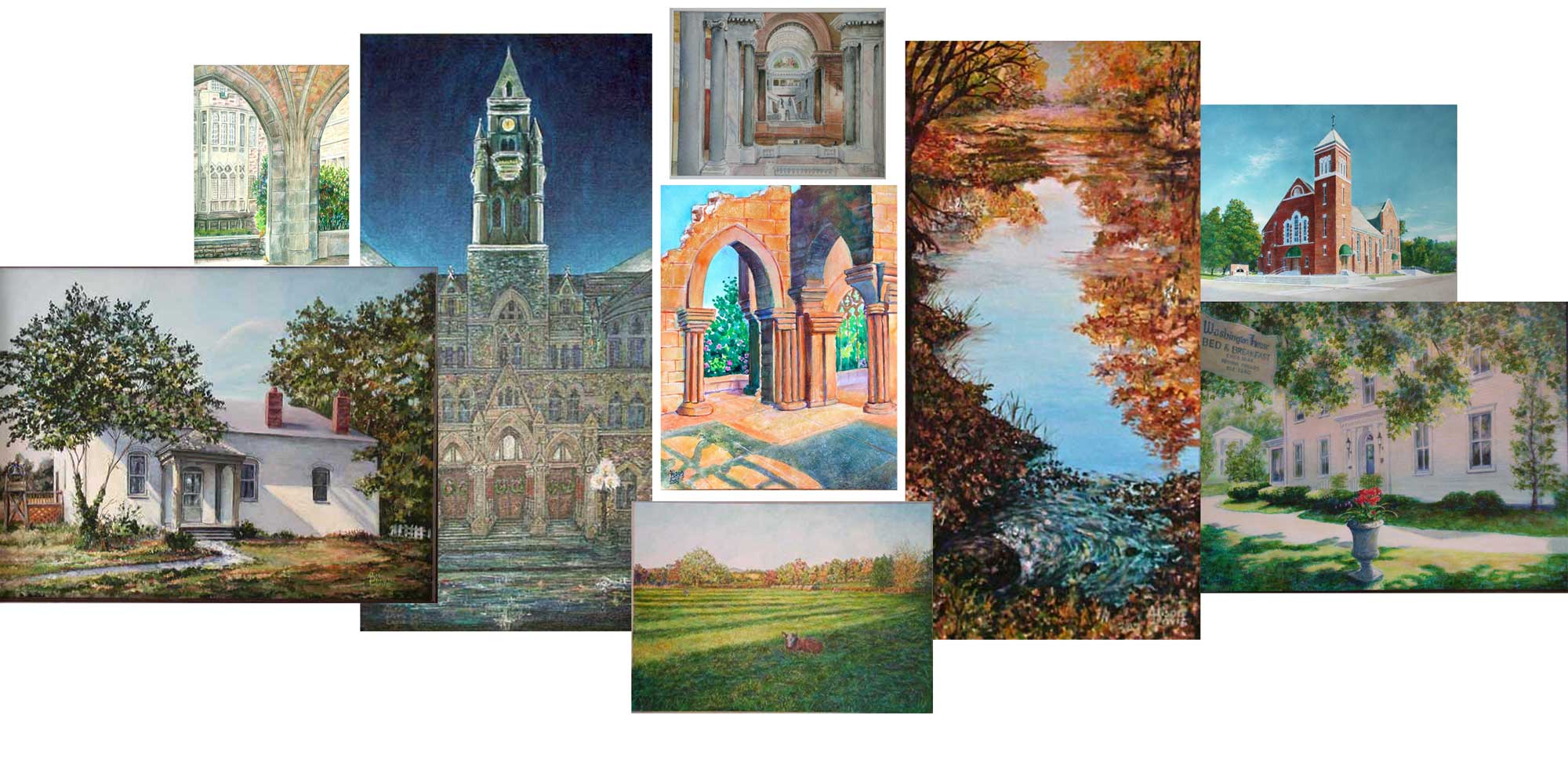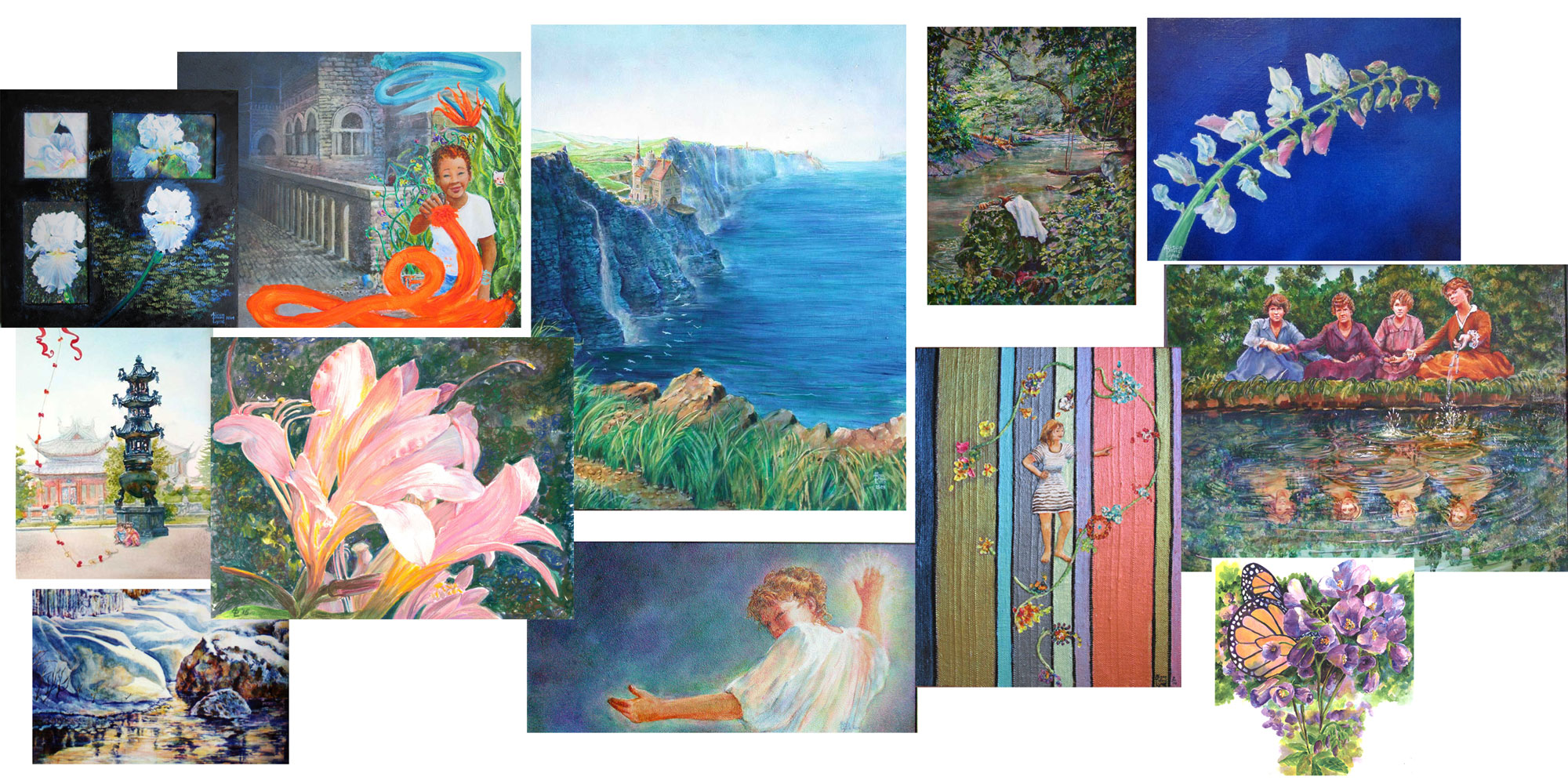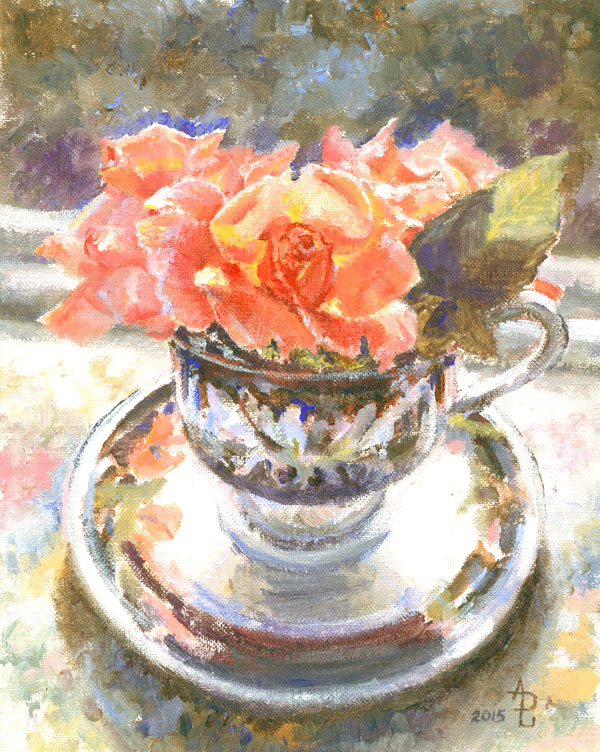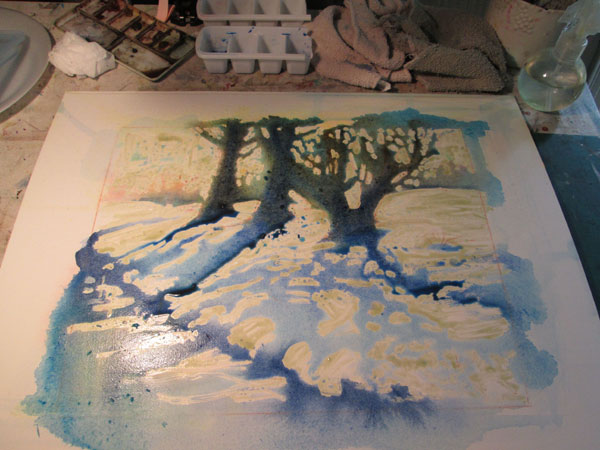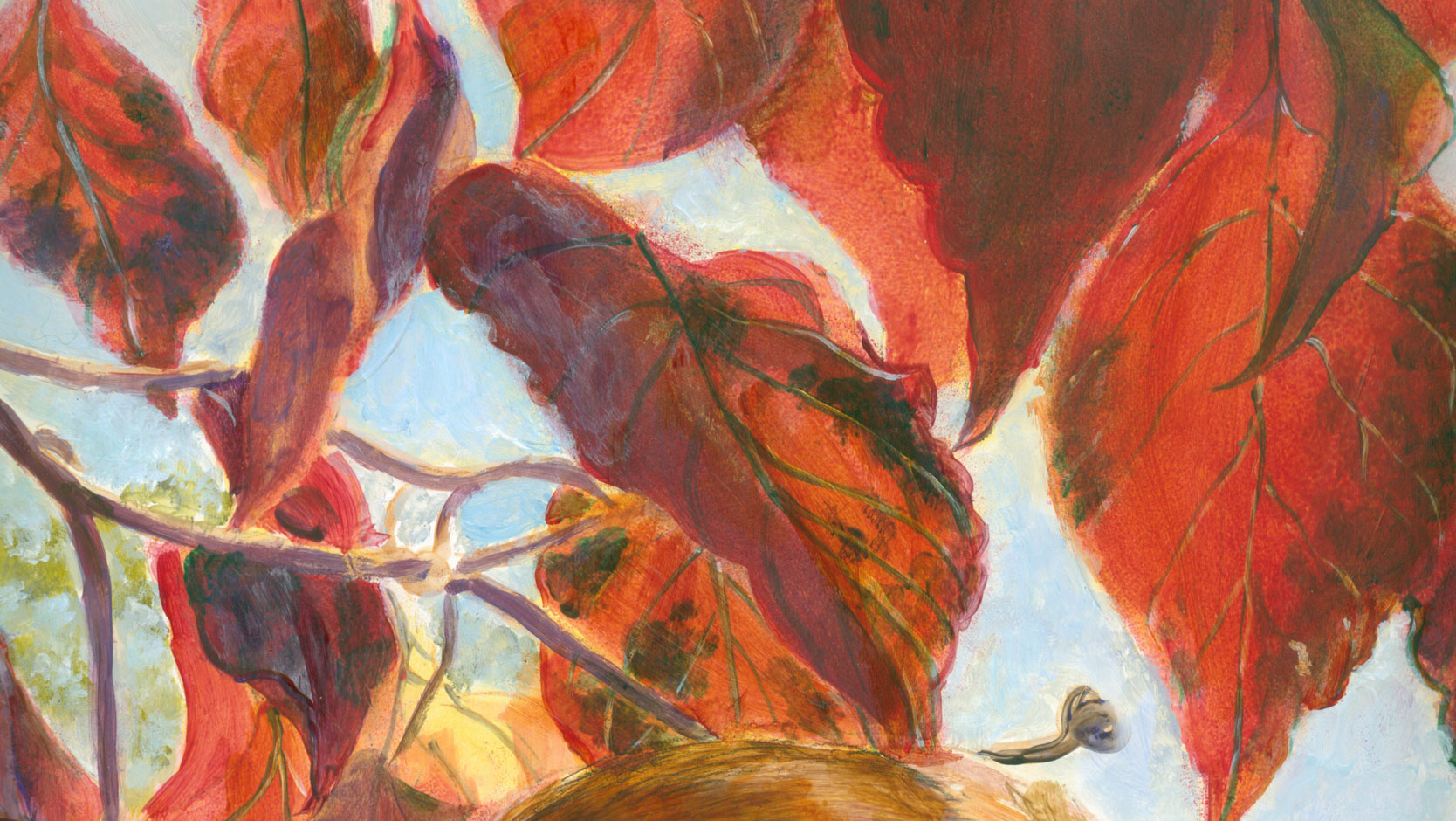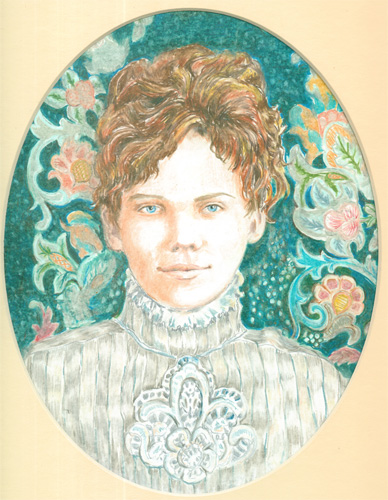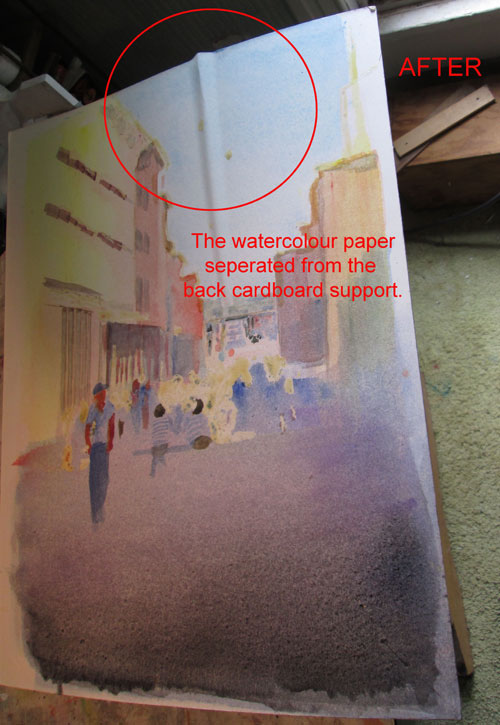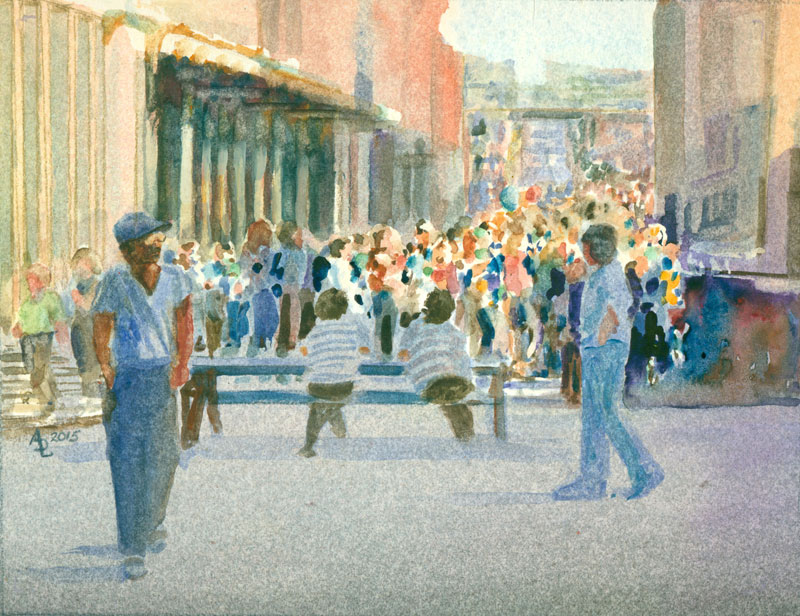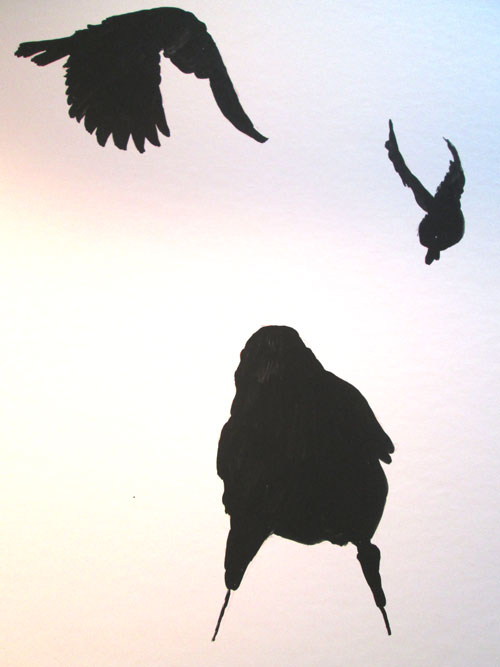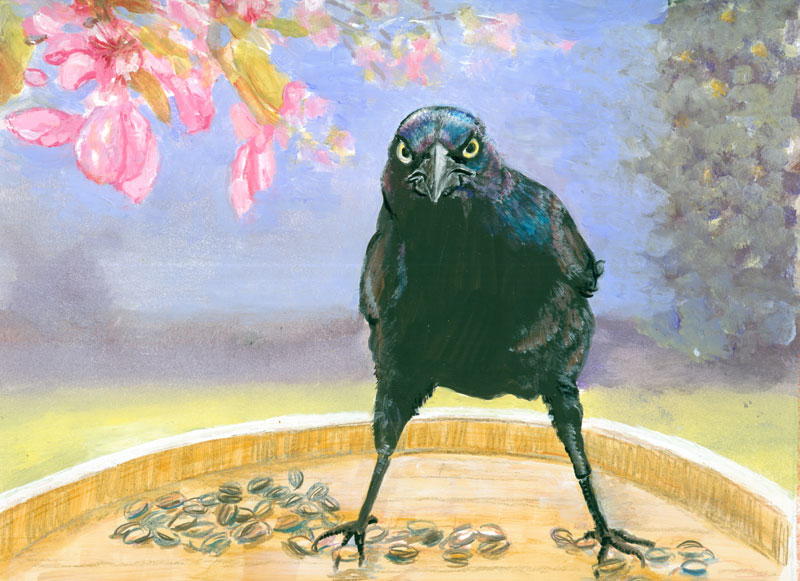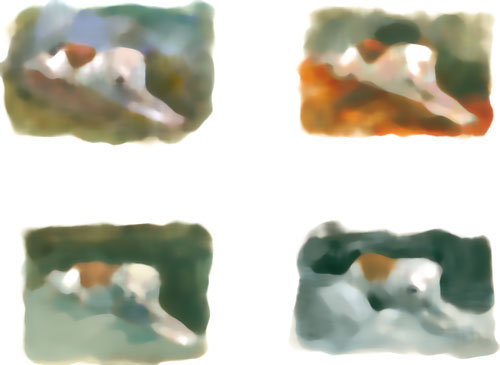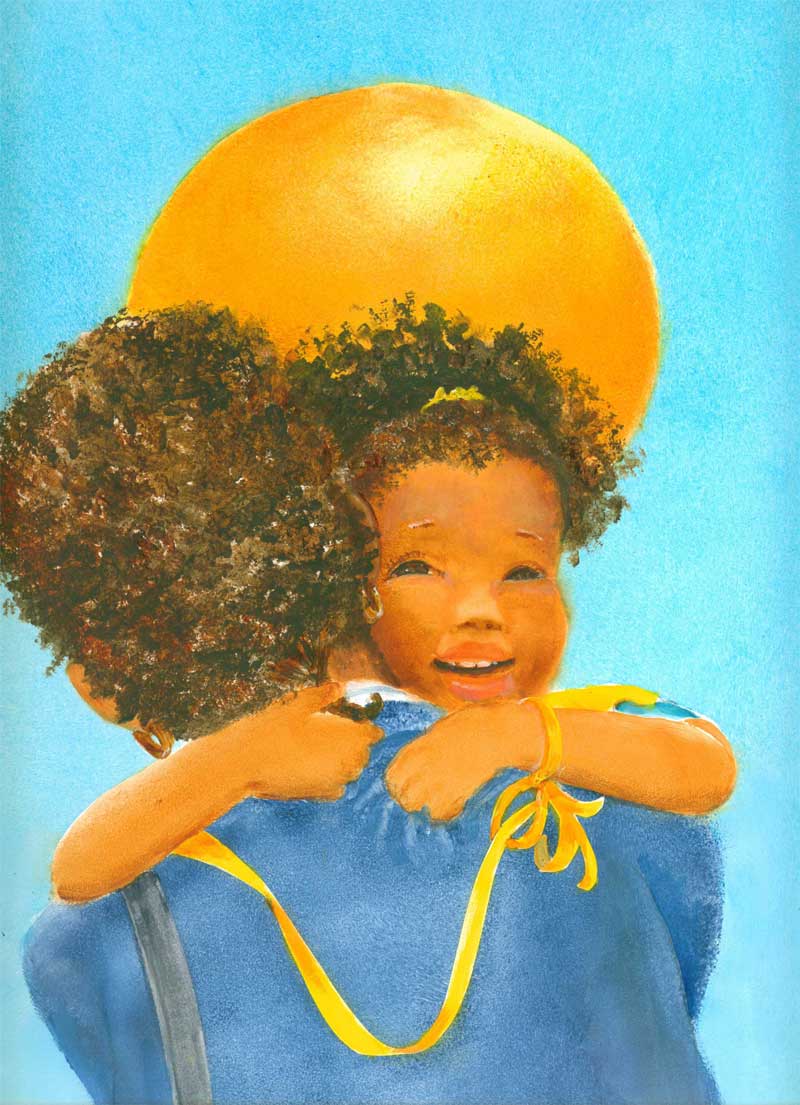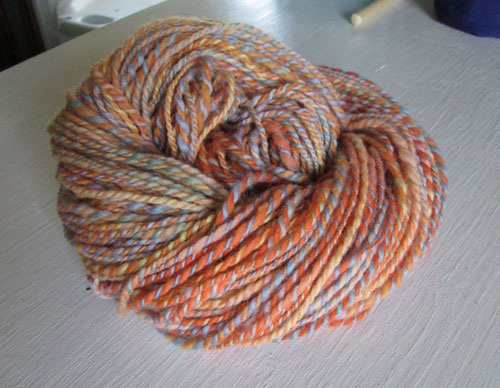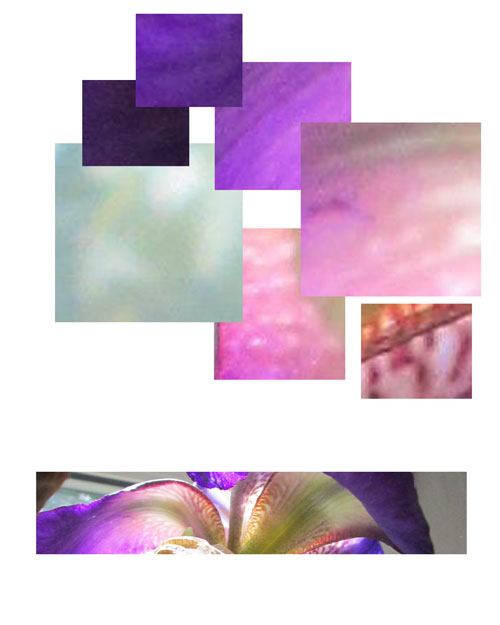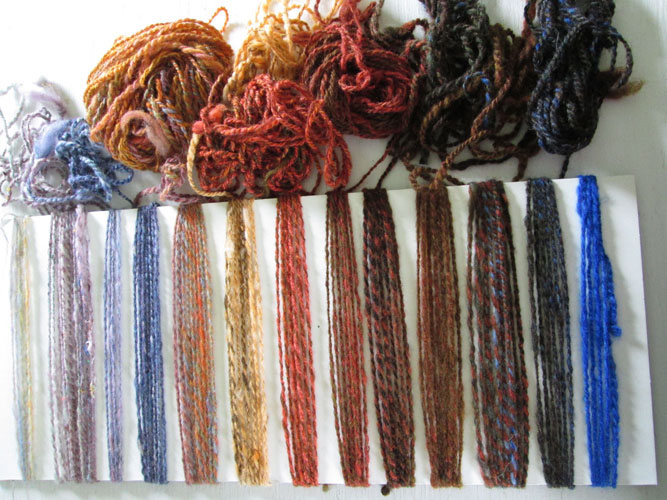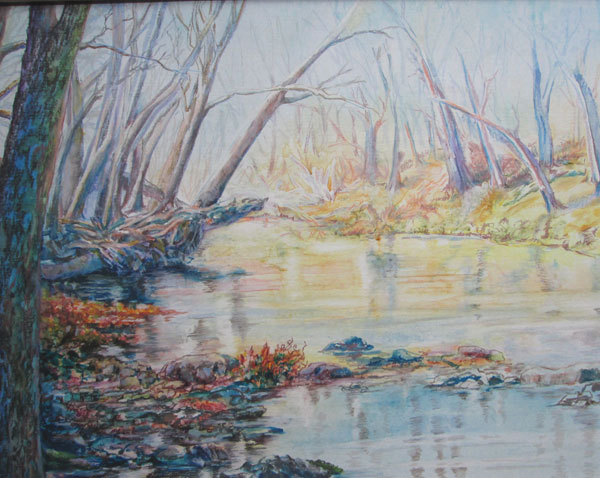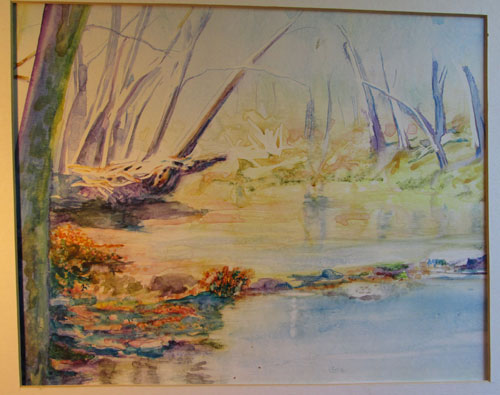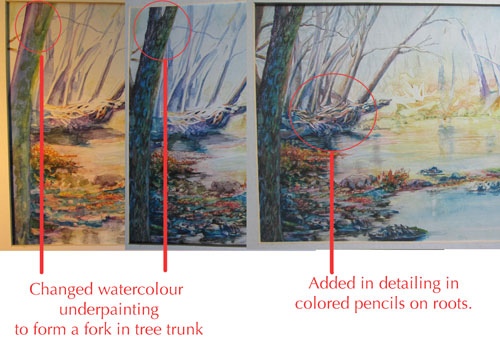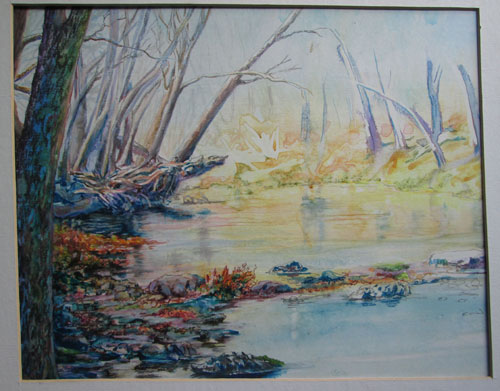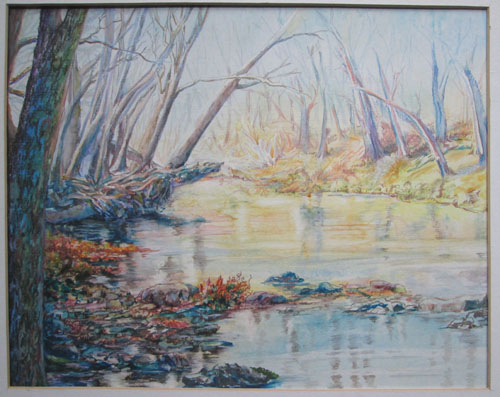Since
I'm still working on a commission I've been thinking about finding
out what you (or if your project is a commission, your client) really
want to do. Obviously if it's a commission piece, you have the wishes
of your client to guide you. But if you get an idea, and begin to
think about how you are going to go about painting your idea, it
really helps to first think just why you want to paint a particular
subject/style/colours.
Most
commission pieces are portraits. Portraits of people:
or
portraits of buildings:
or
portraits of animals/pets:
In each
case I “talk” both verbally and visually (with sketches) with the
client. Communication is vital when working with a commission,
because I'm not just painting a face or a random building or just an
animal....I am actually reaching inside the client's head and finding
out what makes this face, that house, or that particular animal
special to my client. I, as an illustrator, may not have an
emotional connection to the object I'm commissioned to paint......but
you can bet my client DOES! So I listen, really listen to just what
my client “really, really wants”.
In the
case of children's picture books.....my guide is the author's
manuscript. If the author and editor have done their job, the
manuscript only tells the author's story with those action words and
dialog that are absolutely necessary....no more no less. All the
words that the editor had to cut from an author's
manuscript.......are what I put back in.....visually. I am guided by
the art director's comments of what is “really, really wanted.”
And then
we come to the art that I paint, when I'm “on my own time”. Most
of those I will put in juried art shows, to be judged and hopefully
hung in an art show for people to look at, in the hopes that they see
something in my art that they “really, really want.”
I will
often take a passing idea and turn it into a painting.....
or will
see a bunch of colours that I really really like and paint
them.....just because it pleases me:
Lately
I've been experimenting with a “bucket list” of styles and
techniques that I've wanted to try, but had to put on the back burner
in favor of commissions. Sometimes I'll paint a subject just to
experiment with a specific technique. But thru all my experiments,
I've been deciding just what was in MY mind's eye, how I wanted the
finished piece to look, and what I wanted to accomplish. I've found
that the closer I stick to what's in my mind's eye.....the more
pleased I am with the finished piece. In other words, once I
figure out what I “really, really want” it's a lot clearer
sailing to a finished art piece that I really, really want to see.

